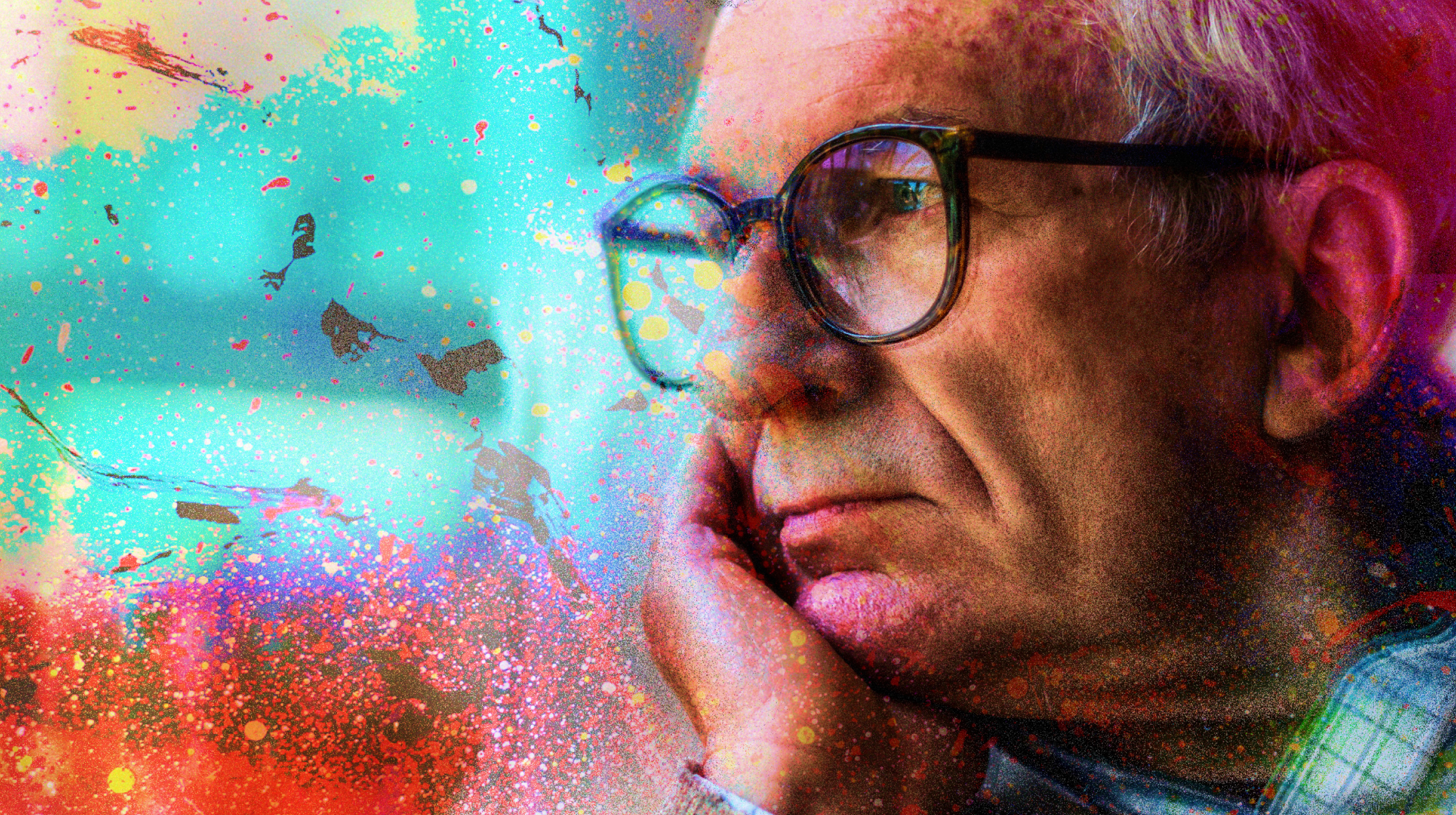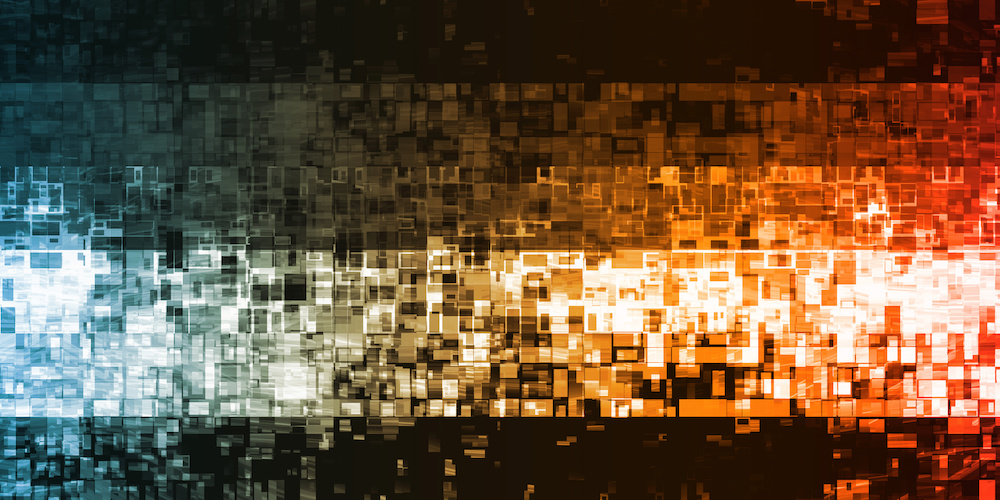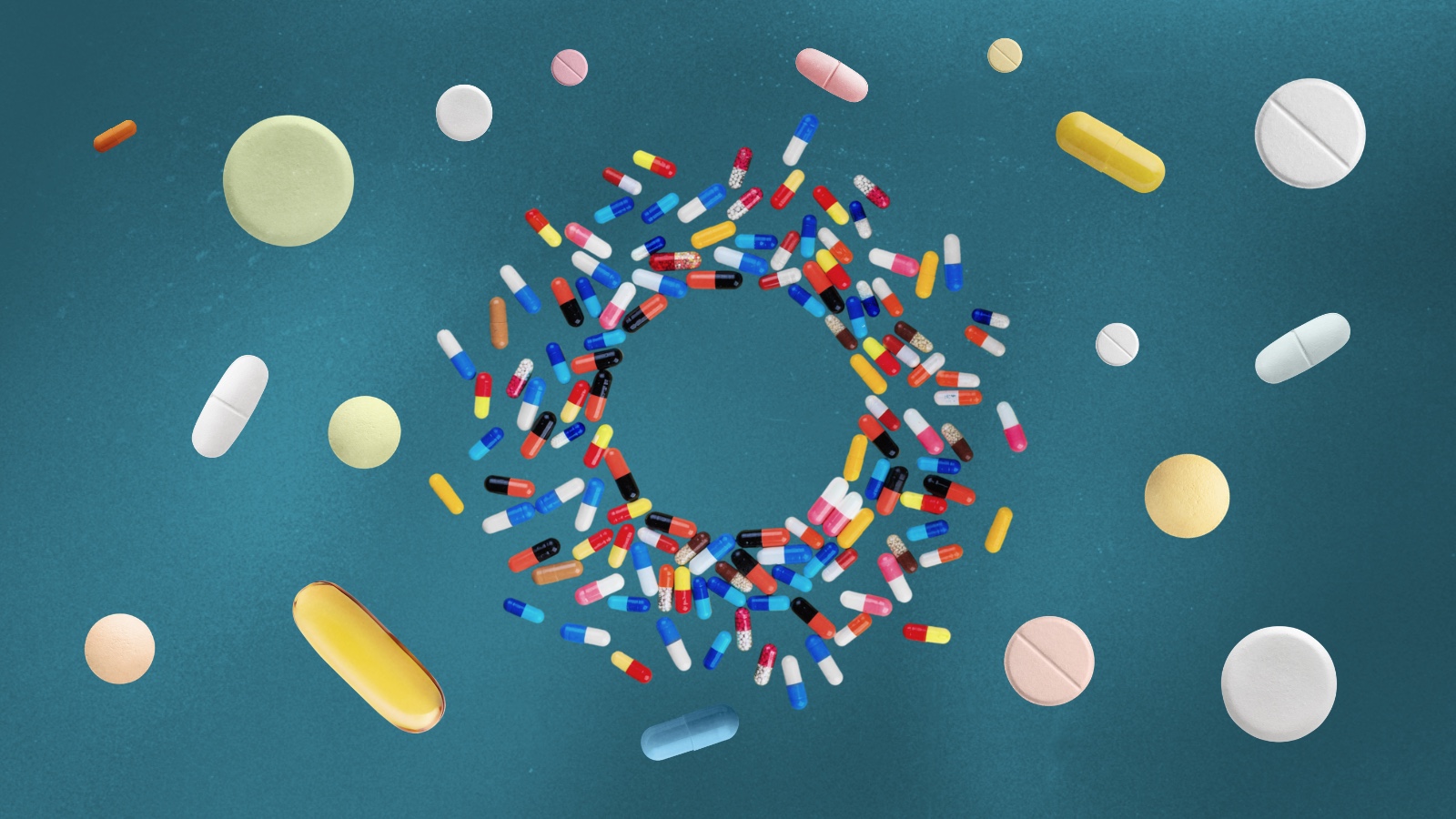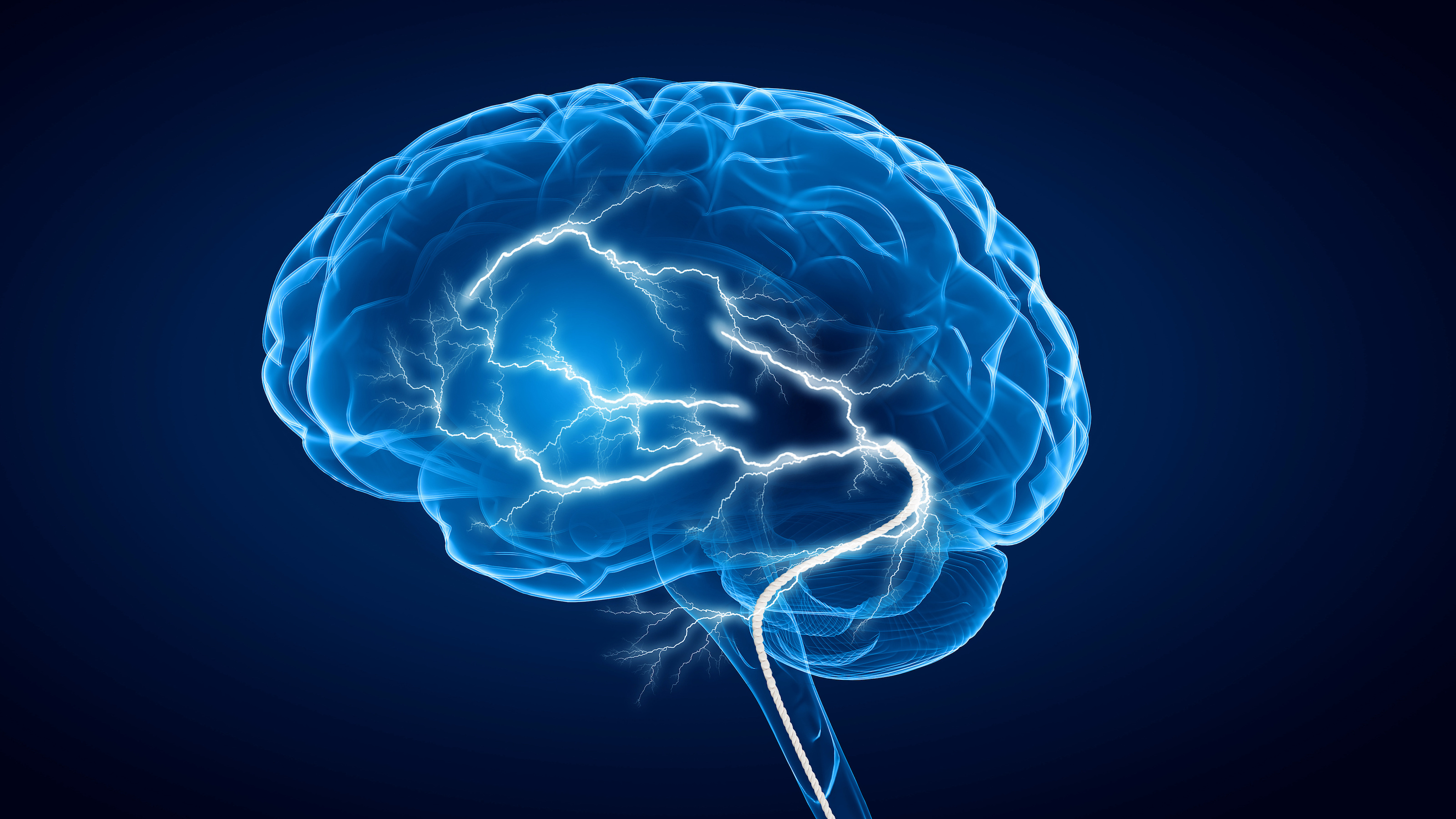How our brains distinguish reality from imagination — and what it means for schizophrenia
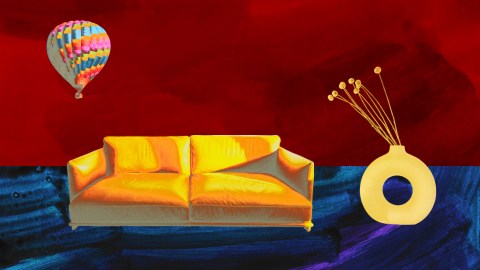
- Perception and imagination trigger overlapping brain networks.
- A new study suggests that the brain distinguishes between them by measuring the strength of a signal within this network.
- Further understanding this “reality threshold” could have implications for the treatment of schizophrenia.
Imagination is crucial to everyday life. We draw on our memories of past experiences to make decisions and plan for the future, and this often involves simulating the possible outcomes of events. This usually involves generating mental imagery in our “mind’s eye,” a process that engages the same or similar brain mechanisms underlying sensory perception.
A crucial difference is that imagination is generated internally, whereas perception is based on similar brain activity triggered by external stimuli. Exactly how we distinguish between them remains unclear. New research now provides some clues.
Reality check
Most of us have little trouble distinguishing between internally and externally generated signals, but the ability to do so — which is referred to as reality monitoring — can sometimes break down. Schizophrenia, for example, often involves auditory or visual hallucinations, whereby internally generated events are mistakenly attributed to the outside world.
In 1910, Mary Cheves West Perky, a pioneer of reality monitoring research, published a study that provided one explanation of how we distinguish imagination from reality. Perky told her study participants to imagine specific objects at an exact location on a wall, while she projected images of the same objects onto the same place without their knowledge. None of them noticed the real images, stating that they would have believed the images to be real if they hadn’t been told to imagine them.
The so-called Perky effect, as it came to be known, provided anecdotal evidence that we know we are imagining something because we are aware of our intention to do so. Yet, it cannot account for the fact that imagination can be triggered involuntarily.
A modern Perky method
In the new study, Nadine Dijkstra and Stephen Fleming of University College London set out to repeat Perky’s original experiment. Based on the knowledge that internal signals tend to be weaker than external ones, they also wanted to test her hypothesis against an alternative hypothesis, namely, that the brain encodes some kind of “reality index” which measures signal strength.
In a modernized adaptation of Perky’s method, they first asked participants to repeatedly imagine specific images while looking at moving gray “noise” on a computer screen, and to describe how vividly they imagined each one. During the final attempt in each session, they surreptitiously displayed a real image at the threshold of conscious awareness, which either matched the one they had been asked to imagine, or differed from it.
The participants were more likely to report these images as being real when the secretly projected image matched the one they had been told to imagine. When the projected and imagined images matched, they also reported higher image vividness. Those who rated their mental imagery as being more vivid were also likelier to make monitoring errors at the end, and to judge real images as imagined — and vice versa.
Dijkstra and Fleming also analyzed brain scanning data collected from an earlier study, in which participants also had to report the vividness of real and imagined stimuli. This revealed that both real and imagined images activate a distributed network of brain structures that includes the prefrontal cortex, and that this network is more active during perception of real images than during imagining.
The reality threshold
All of this is consistent with the hypothesis that the brain does indeed contain a reality index that monitors signal strength, and that signals are judged as real if they exceed a “reality threshold.” It also suggests that people with a more vivid imagination may have greater difficulty distinguishing it from reality.
However, the findings contradict Perky’s early assertion that sensory information is irrelevant to mental imagery. The Perky effect may have occurred because Perky used a “magic projection lantern” to display images. This apparatus was uncommon at the time, and her participants may not have known it existed, making them more likely to report images it projected as figments of their imagination. Indeed, the Perky effect became gradually smaller as the availability of video and projection technology increased.
Their findings could have implications for the treatment of schizophrenia, as they are in keeping with the idea that hallucinations are triggered by hyperactive sensory areas. The study further suggests that the reality monitoring errors that occur in schizophrenia may be due to a reality threshold that is lower than it should be. If this is the case, then finding some way of recalibrating the threshold could alleviate these symptoms.

